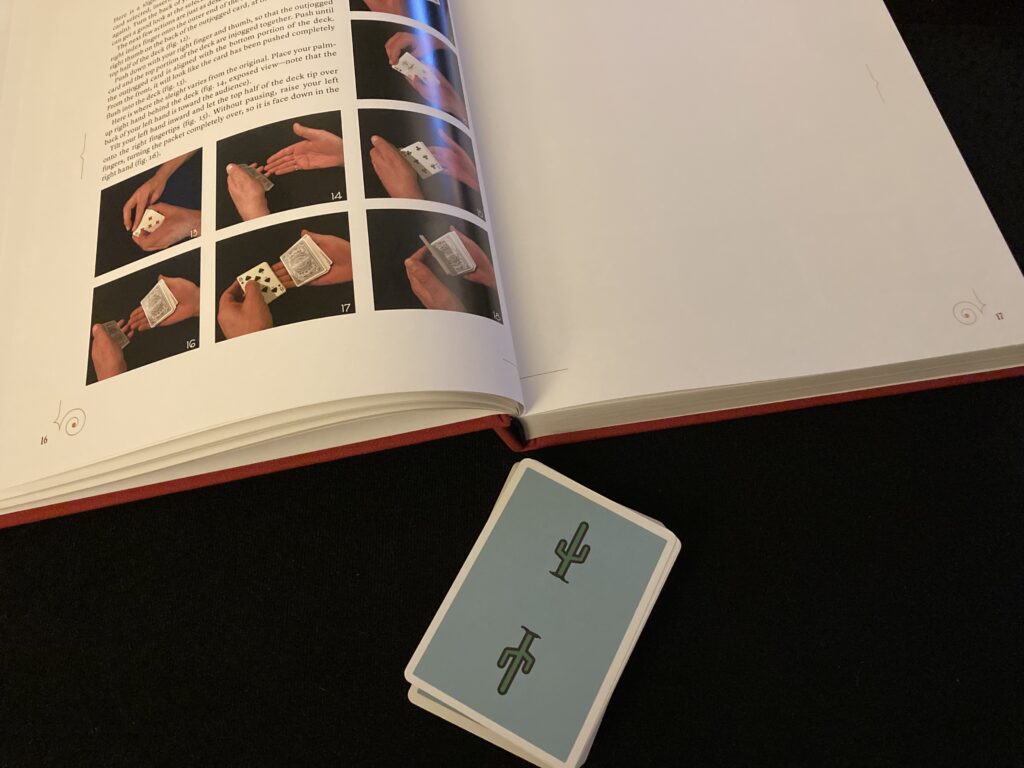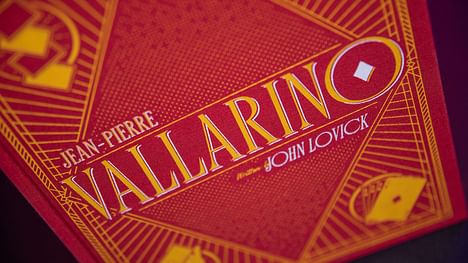
I was playing with Fly Cards II by Aldo Columbini from 1991. I’m not familiar with Fly Cards I, so I can’t compare the two to talk about the improvements that this one has over the original. The effect is similar to an ace assembly, you have four cards with flies on them and a dozen blank cards. You make put 3 blank cards on each card with a fly. The first fly disappears and reappears in the next packet, so that packet now has two flies. Then those disappear and reappear in the third, so that packet now has three. Finally the three flies disappear and you accidentally tap the fourth packet revealing the surprise ending of four smashed flies.
Here’s a demo:
@louiefoxx Vintage Magic Trick! Fly Cards II by #AldoColumbini #magictrick #magic #sleightofhand #cardmagic #elmsleycount #antiquemagic #louiefoxx #petermaloney #magician ♬ original sound – Louie Foxx
What I like about the trick is the progressive assembly, where the flies keep moving to the next packet. What I don’t like is the flies. It’s strange theming, maybe something like honey bees would be better, but then the smashed ending would have to be different as you don’t want to smush honey bees. I think this idea would be interesting in an ace assembly context, however the problem is that I don’t think it would work out as you’re passing off one card as two several times.
It’s a good trick, and I think if someone spent some time thinking of a better theme OR used it as a custom thing for a social media video it’d be useful!
-Louie


